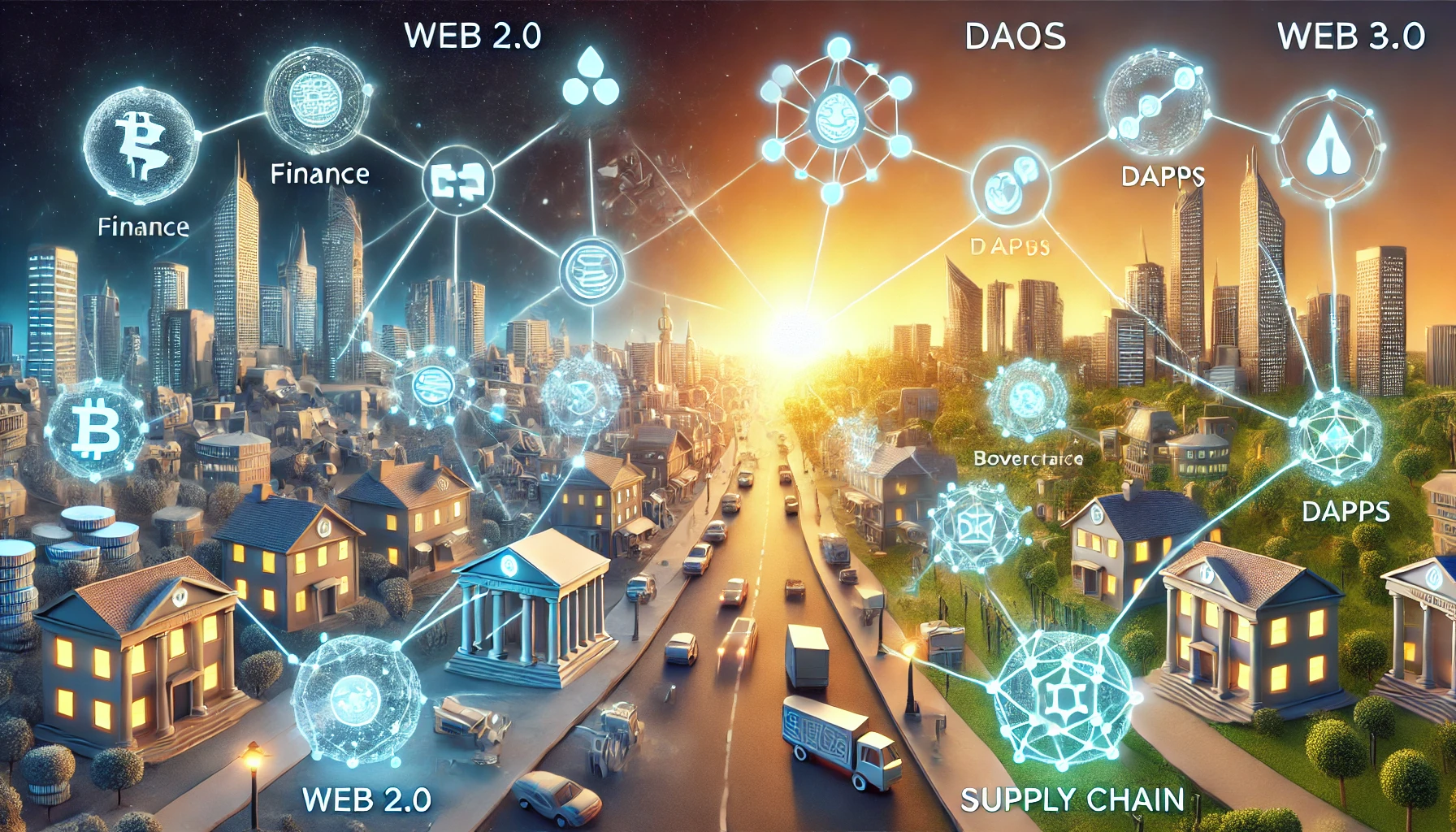The evolution of blockchain technology has ushered in a new era of decentralization, significantly impacting various industries and reshaping traditional systems. This article delves into the nuances of decentralization across blockchain protocols, decentralized applications (dApps), decentralized autonomous organizations (DAOs), and other blockchain-based solutions. The extent to which decentralization is embraced varies based on several factors such as maturity, the reliability of incentive models and consensus mechanisms, and the founding team’s ability to strike the right balance.
Understanding Decentralization
At its core, decentralization in blockchain refers to the absence of a single controlling entity, as opposed to centralized structures where control and oversight are held by one central authority. Bitcoin and Ethereum are quintessential examples of decentralized cryptocurrencies, operating on community consensus and programming code. Decentralization is achieved through peer-to-peer distributed networks, like in Bitcoin, using Proof of Work (PoW) to validate transactions and append them to a ledger.
Decentralization can occur at multiple levels: physical decentralization involves dispersed resources and infrastructure, transactional decentralization entails independent validation and verification processes, and political decentralization refers to a lack of hierarchical authority and control.
Benefits and Challenges
Decentralization offers manifold benefits: increased trust, improved data accuracy, reduced system downtime, enhanced transparency, greater control, immutability, and heightened security. However, it also presents challenges such as increased operational costs, potential lack of consensus or clarity in decision-making, a lack of discipline or oversight, and vulnerabilities that can arise from unvalidated or rapidly evolving structures.
When compared to centralized systems, decentralized networks provide full user control and secure data management. Nevertheless, they may face internal conflicts, higher operational costs, anonymity issues, and price volatility.
The Technological Evolution: From Web 2.0 to Web 3.0
Blockchain technology has facilitated the evolution from the centralized Web 2.0 to the decentralized Web 3.0, marking a paradigm shift towards a more collaborative and autonomous digital ecosystem. This transition is not just theoretical but is actively transforming industries beyond finance—into realms like healthcare, real estate, supply chain management, and even voting systems.
Real World Applications and Challenges
1. Decentralized Finance (DeFi): DeFi protocols leverage blockchain to disrupt traditional finance by enabling a permissionless and inclusive financial system. Despite burgeoning growth, DeFi faces regulatory scrutiny and challenges around security and interoperability.
2. Supply Chain Management: Blockchain offers enhanced traceability and transparency, improving efficiency and reducing fraud. However, its implementation is complicated by integration challenges with legacy systems and regulatory compliance issues.
3. Decentralized Autonomous Organizations (DAOs): DAOs use token-based governance to make democratic decisions. They exemplify decentralized governance but often face scalability and decision-making efficiency challenges.
4. Blockchain in Healthcare: Blockchain can revolutionize patient record management and drug traceability, improving security and reducing fraud. Yet, the industry faces challenges with data privacy regulations and integration with existing healthcare systems.
The Future Outlook
As blockchain technology continues to evolve, it is anticipated to further drive decentralization in various sectors. Looking ahead to 2024, trends like increased institutional adoption, clearer regulatory landscapes, growth of decentralized finance, and integrating digital currencies into investment portfolios are expected.
Ultimately, blockchain’s future in decentralizing industries will hinge on collaboration among varied stakeholders—developers, policymakers, enterprises, and users. As we move towards a decentralized digital ecosystem, blockchain is poised to enhance human collaboration, creativity, and autonomy while addressing critical concerns around data security and the emerging role of artificial intelligence.
Conclusion
Decentralization within blockchain technology holds the potential to reconstruct the infrastructure of multiple industries. While the road to widespread adoption is fraught with challenges, the promise of a more secure, transparent, and efficient ecosystem beckons innovation and engagement across global markets. Blockchain’s journey from a niche technology to mainstream adoption will continue to captivate industry leaders and stakeholders, pushing the boundaries of what decentralized systems can achieve in a dynamic digital landscape.
